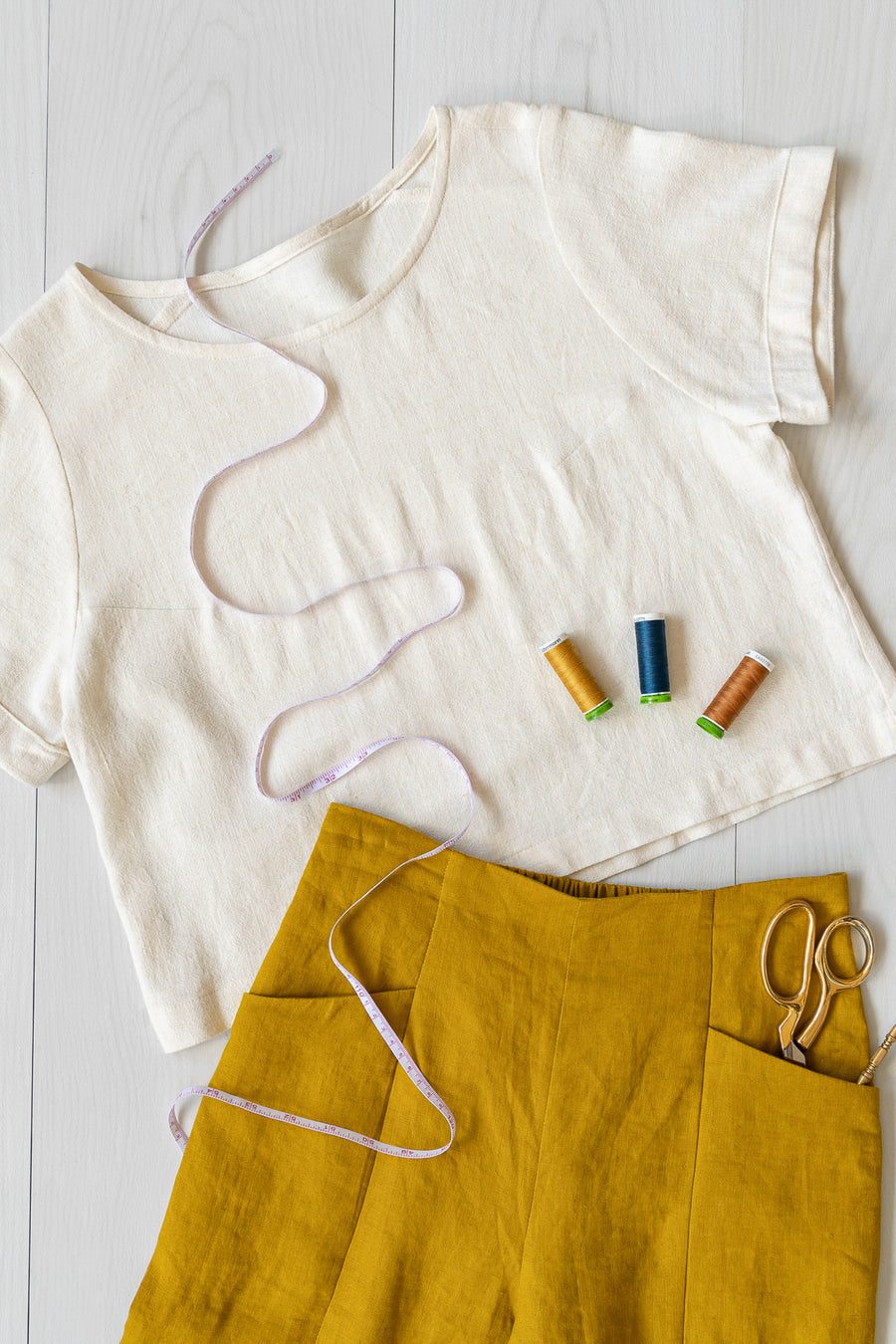In the world of fashion and personal style, one question often lingers in the minds of many: how often should we replace our clothing? The answer to this question is not as straightforward as it may seem, as it depends on a multitude of factors such as the quality of the clothing, frequency of use, care routine, and personal style evolution. This article aims to provide a comprehensive guide on how to determine the right time to replace your clothing, ensuring that your wardrobe remains fresh, functional, and fashionable.
- Quality and Durability of Clothing
The lifespan of clothing largely depends on its quality and durability. High-quality clothing made from durable materials can last for several years, if not decades, with proper care. On the other hand, fast-fashion items, typically made from cheaper materials, may need replacement after a few months of regular use. Therefore, investing in quality pieces can be more cost-effective in the long run.
- Frequency of Use
The frequency of use is another critical factor in determining when to replace clothing. Items that are worn regularly, such as work uniforms or everyday jeans, will naturally wear out faster than those worn occasionally. It's advisable to have multiple sets of frequently worn items and rotate them to extend their lifespan.
- Care Routine
Proper care can significantly extend the lifespan of your clothing. This includes washing methods, drying techniques, and storage practices. For instance, hand washing delicate items and air-drying instead of machine drying can prevent damage and fading. Similarly, storing clothes properly can prevent creasing, stretching, and moth damage.
- Personal Style Evolution
Personal style is not static; it evolves over time. As such, you may find that some items in your wardrobe no longer reflect your current style or lifestyle. In such cases, it's perfectly okay to replace these items, even if they're still in good condition. Remember, your wardrobe should serve you and not the other way around.
- Environmental Consideration
In the era of fast fashion, it's crucial to consider the environmental impact of our clothing consumption. Instead of replacing clothing on a whim, consider repairing or upcycling them. If replacement is necessary, consider sustainable options or donating your old clothes to reduce waste.
In conclusion, the frequency of clothing replacement is a personal decision that depends on various factors. However, a good rule of thumb is to replace clothing when it's no longer functional, no longer fits, or no longer suits your style. By making mindful decisions about when to replace clothing, you can maintain a wardrobe that's not only stylish and functional but also sustainable.


